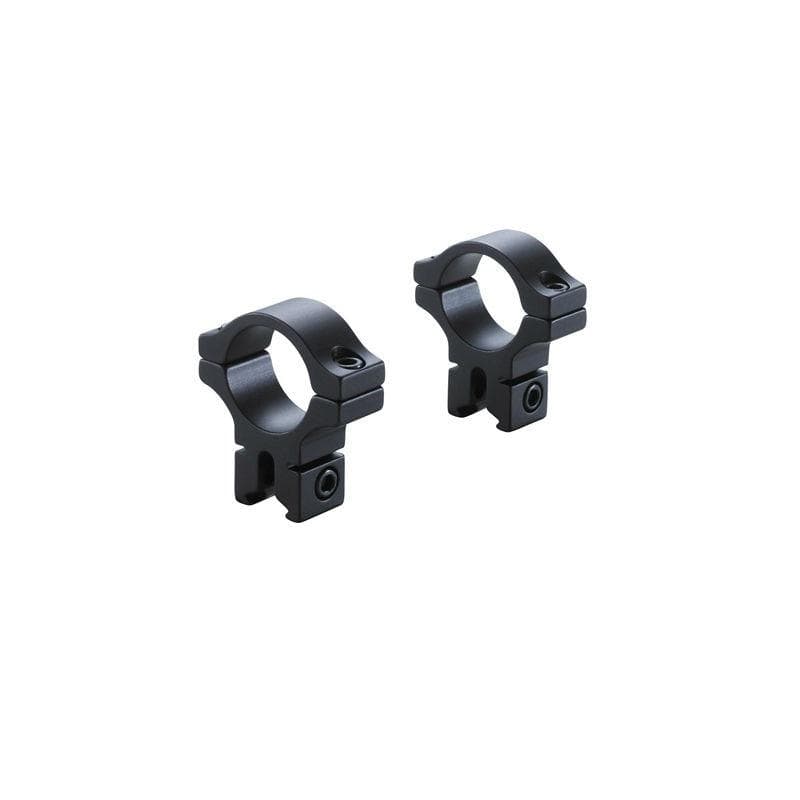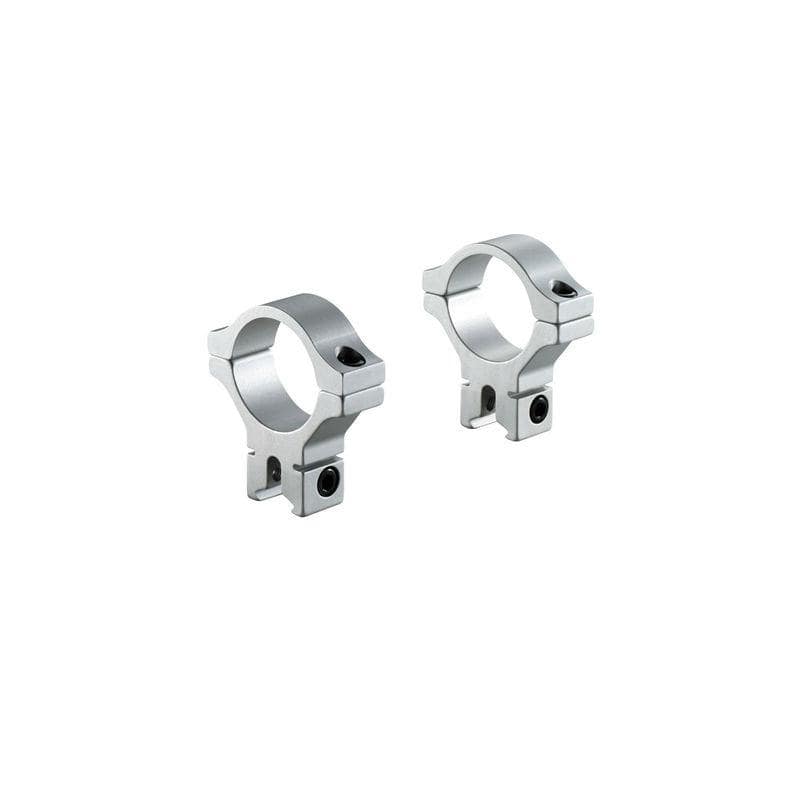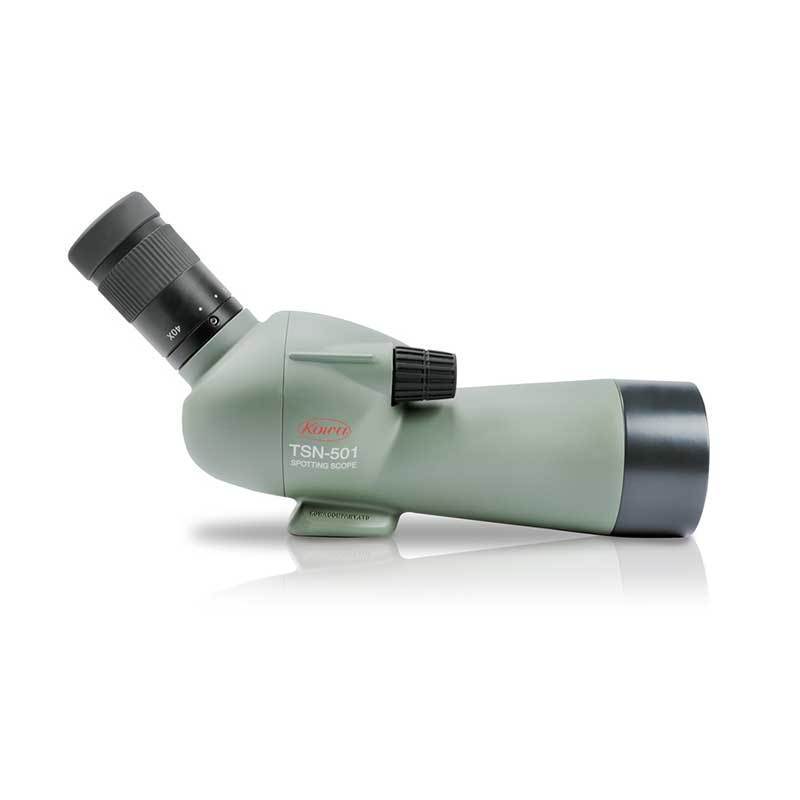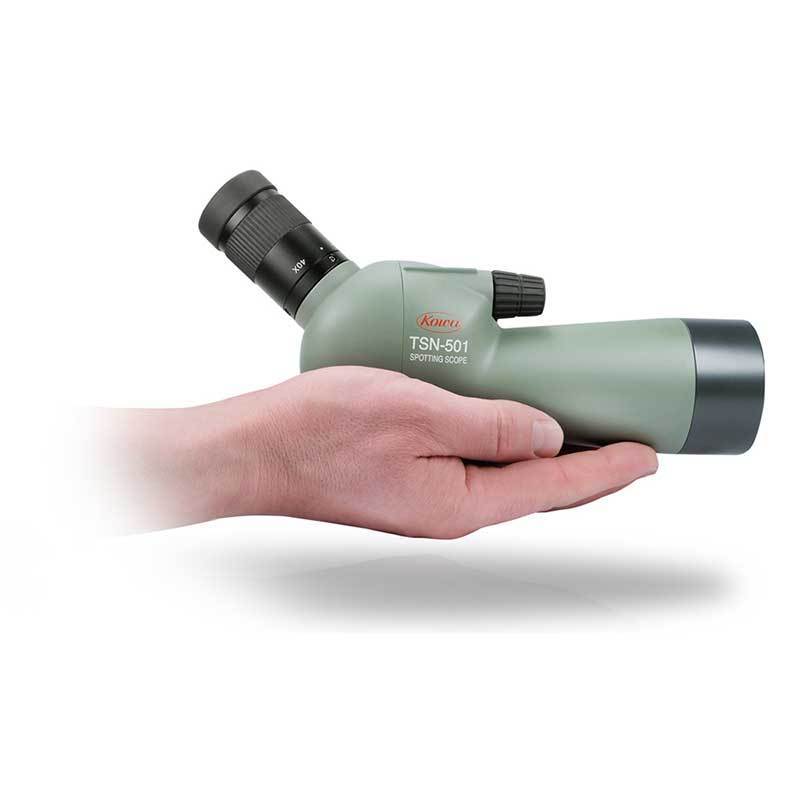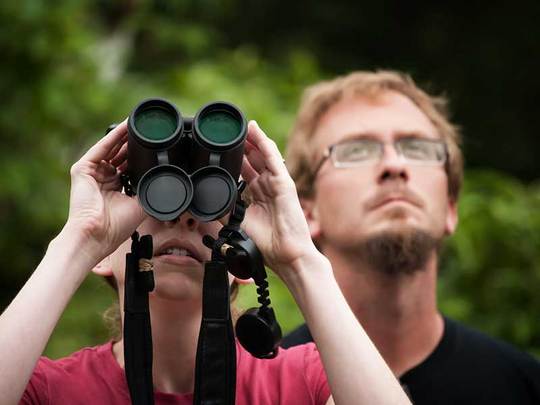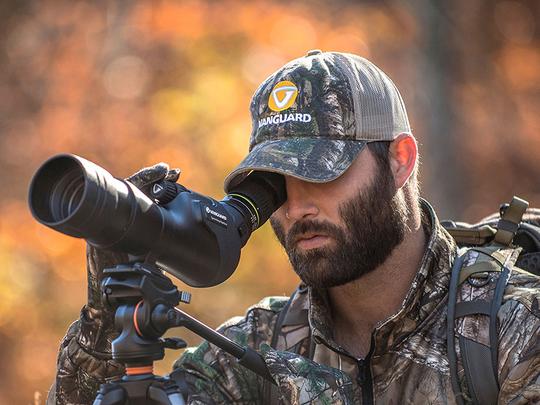Binocular, spotting scope, riflescope and game camera frequently asked questions
There are many features of binoculars, riflescopes and spotting scopes that are similar. Below are answers to frequently asked questions that apply to all three scopes.
What is the eye relief of binoculars, riflescopes and spotting scopes?
A binoculars eye relief quite simply refers to the maximum distance that your eyes can be from the binoculars lens whilst still being able to see the entire subject you are looking at clearly, and not reducing the width of image that you can see. Binoculars with a short amount of eye relief will have to be held closer to the eye than binoculars with a long amount of eye relief to see the same subject clearly. Longer eye relief is particularly useful for birders who wear spectacles, as they are able to continue to wear these and simply hold the binoculars a little further away from the eyes whilst still seeing the entire subject clearly. Longer eye relief usually results in a reduced field of vision, and eye relief generally decreases as the power or magnification of your binoculars increases. Don't forget that long eye relief in riflescopes helps prevent injuries to the eye area due to recoil, as it allows you to hold the riflescope further away from your eye.
What are coated scope lenses?
Coatings are layers of magnesium or calcium fluoride that are added to one or more of the glass-to-air surfaces (lenses) in a pair of binoculars. Binoculars can have between 10 and 18 glass-to-air surfaces within them, each with the tendency to reflect and scatter some light. Coatings are added to these glass surfaces to reduce the scattering and reflection of light, resulting in more light reaching the eye and increasing the sharpness and contrast of the image that you see.
Binoculars without any coatings can lose up to 5% of the light that enters them, resulting in more blurred and duller images.
What’s the difference between coated, multicoated and fully multicoated binoculars?
Binoculars can vary between having coated, multicoated and fully multicoated lenses. Quite simply, these descriptions relate to the number of layers of coating that is applied to the glass surfaces within the binoculars, and the number of glass surfaces that the coating is applied to.
Coated binoculars have at least one layer of coating applied to at least one of the 10 to 18 glass surfaces within them. Multicoated binoculars have multiple coatings applied to at least one of the 10 to 18 glass surfaces within them. Fully multicoated lenses have multiple coatings applied to all of the glass surfaces within them.
Do I need fully multicoated binoculars, spotting scope or riflescope?
Scopes with fully multicoated internal glass-to-air surfaces (lenses) are recommended as they allow the highest level of light transmission through the binoculars (90 – 95% of light that enters the binoculars will reach the eye) with limited internal light scattering and reflectivity. This results in fully multi-coated binoculars, spotting scopes and riflescopes producing brighter, sharper and higher contrast images than coated or multicoated binoculars. Unfortunately, fully multicoated optics are more expensive to manufacture and are often only incorporated into higher-end binoculars, so your choice may depend on budget.
What is field of view in binoculars, spotting scopes and riflescopes?
Optical field of view (FOV) refers to the width of the area that you can see when looking through a pair of binoculars or a spotting scope, quite simply, how wide an area you can see through your optics. Field of view is usually described in terms of ‘linear field of view’ or ‘angular field of view’. Both figures essentially indicate that the field of view of the optic is a certain width, but they just use different numbers to describe this.
Linear field of view is also known as the true field of view, and indicates the width (in m) of the area that you can see when standing 1,000m away from an object.
Angular field of view is also known as the apparent field of view, and refers to the true angle (in degrees) seen through the optics.
It is easy to convert between the two field of vision measurements:
To convert an angular field of vision to a linear field of vision, simply multiply the angular field of vision by 52.5.
To convert a linear field of vision to an angular field of vision, simply divide the liner field of vision by 52.5.
When choosing your binoculars or spotting scope, take some time to consider where you are planning to use them, as this will indicate the most suitable field of view required to get the most out of your product. The most important thing to remember is that the larger the number given to field of view (FOV), the larger the width of the area you will be able to see through your scope. A larger field of view is desirable if you are planning to use your scope to watch anything that is moving quickly across your viewing area as it will make it easier to aim and stay on a moving subject. For this reason, scopes with a larger field of view are favoured by people watching birds in flight, a ball at a cricket game, an athlete in a race or views from a moving car.
Don’t forget field of view (FOV) and magnification are closely linked, with higher magnifications resulting in a smaller field of view. Take some time to consider whether you wish to view your subject in great detail, or would prefer to be able to keep track of it if it is moving quickly; after all, there’s no point being able to see the fine detail on a bird’s feather if you can’t find the bird in the first place!
What is the exit pupil of my scope?
The term exit pupil refers to the diameter of the beam of light leaving the eyepiece of your scope. It’s usually measured in millimeters. A large exit pupil is an advantage when using your scope in low light conditions and at night because, up until a certain point, the larger the exit pupil, the brighter the image you will see through your scope. The exit pupil of the scope you choose should be a at least as large in diameter as the dilation of your eye's pupil. The human will dialate between 2mm in bright sunlight to 7mm in darkness, so choose something in this range depending on the conditions you plan to use your scope in. Don't forget that eyes change with age. On average, the pupils of a middle-aged person will open to a diameter of around 5mm in low light conditions, where as the pupils of children can open much wider to almost 8mm in the same conditions.
Do I need waterproof binoculars, riflescope or spotting scope?
Many activities that include the use of scopes such as binoculars, spotting scopes and riflescopes take place outdoors, often in damp, humid or foggy conditions. Having waterproof binoculars, spotting scopes or riflescopes will eliminate your concerns about moisture damage, including fogged over inner optics that are sure to ruin your day out! Some waterproof binoculars can even withstand short submersions in shallow water so even accidentally dropping them in a puddle on a hike won’t matter.
What does fogproof mean?
Scopes that are classed as fogproof have had all of the internal air within them replaced with a dry nitrogen gas that prevents the internal glass surfaces from fogging up. This moisture and oxygen free environment also prevents any mould from forming on the glass.
How do I clean my binoculars, spotting scope or riflescope?
First of all, blow off any large debris and dust. Then use a soft lent-free cloth (e.g. camera lens cloth) and lens cleaner or alcohol for the exterior glass and a soft cloth with warm water and possibly a mild cleaner for the outer metal, rubber, or plastic. Make sure that you are extra careful when cleaning the lenses as coatings can be relatively easy to scratch or damage. Don't forget to read the owners manual or consult the manufacturer for any additional instructions before you start.
What's the difference between BK7 and BAK4 glass?
These are the type of glass used for the prisms in binoculars. BK7 is borosilicate and BAK4 is barium crown. Generally BAK4 glass is considered better because it provides sharper and brighter images than BK7. BAK4 also produces a perfectly round exit pupil, whereas BK7 typically has some distortion around the outer edges. Due to its' higher quality, binoculars made from BAK4 glass are usually more expensive.
What's best for target shooting, binoculars or a spotting scope?
Ask almost any target shooter, and they'll tell you that a spotting scope is by far the best piece of equipment to use to check that your shots are on target at your local shooting range. Whether you're checking your shot accuracy at 100yds or 200yds, you'll usually need the power offered by a spotter to help you make out your bullet holes.
What’s the difference between Low Glow/White LED and No Glow LED game cameras?
There are two different types of LED lights used in game cameras, white LED’s which give off a low red glow when they are triggered and in use, and No Glow LED’s which don’t glow at all, thus showing no indication of when they are in use or not.
No Glow LED’s are essentially white LED’s that have been given a special coating to stop them glowing, or have had a screen added to them to cover the LED’s. No Glow LED cameras have a variety of different names including Covert IR and Black Flash.
Both types of cameras have their pros and cons and there’s no clear cut line about which one is best; it all depends on what you plan on using the camera for.
Low Glow LED game camera features:
- No coating on LED’s so give off slight red glow when in use which can spook animals and alert people of its presence.
- Larger flash range than No Glow LED’s as they don’t have a coating.
- Good for capturing clear images from longer distances when it doesn’t matter if people/animals know it is in use.
No Glow LED game camera features:
- Have a coating on the LED’s to stop them glowing when in use making them a must for security applications.
- The flash range is usually 30% smaller than Low Glow LED game cameras
- Good for use in a public place or for when you’re trying to capture images of sensitive animals and need the camera to be as discrete as possible.
Do I need to use a tripod with my binoculars or spotting scope?
As a rule of thumb, a tripod is pretty much always required for use with a spotting scope. You may also benefit from a tripod when using large or high magnification binoculars. Check out our tripod buying guide to find out more.


